By Jennifer Wolfe & Abby Spessard

Okay — 3, 2, 1, Let’s Jam.
That’s the unmistakable opening to “Tank,” the theme song for Cowboy Bebop, a jazz-backed medley of action and intrigue, and one of the world’s most beloved anime series. Created and animated by Japanese studio Sunrise, the sci-fi neo-noir anime ran for just one season, but went on to capture the hearts of multiple generations of fans from all around the world.
A live-action adaptation, arriving on Netflix on November 19, promises to hew closely to the original action-packed space Western. The new series stars John Cho as Spike Spiegel, Mustafa Shakir as Jet Black, and Daniella Pineda as Faye Valentine, three bounty hunters, aka “cowboys,” who form a scrappy, snarky crew ready to hunt down the solar system’s most dangerous criminals — for the right price. Original anime series director Shinichirō Watanabe was brought on board to serve as creative consultant, and Yoko Kanno retuned as the series composer, collaborating with EDM legend Steve Aoki on a retooled version of the theme song.

An early review from Maureen Ryan at Vanity Fair notes how the series is structured so the episodes work together as a cohesive narrative yet still stand on their own. Each episode kicks off with an episode of Big Shot, the show-within-a-show that keeps bounty hunters informed about the latest happenings in the solar system. With each episode focused on the bounty du jour, Cowboy Bebop is a “streaming drama with an overarching plot that also offers episodes that are, especially in the early going, enjoyably self-contained.” And with some world-building and “richly retro production design,” Ryan believes that “this is a show that’s willing to be weird and goofy while displaying a lot of heart.”
But don’t worry if you’ve never seen any of the original anime series or know what is to come in the series. “This light-on-its-feet drama draws on the original, visually and thematically, without feeling overly beholden to it,” said Ryan. “I hope I can say this without the angriest parts of Reddit falling on my head: This version of Cowboy Bebop, in many ways, improves on the original.”
READ MORE: Netflix’s Cowboy Bebop Is the Rare Remake That Works (Vanity Fair)
The Cowboy Bebop adaptation is just one recent example of a classic IP receiving the live-action treatment, but it may be the most heavily scrutinized. Fans scoured the first looks, opening credits and trailers for glimpses of the characters and production design, firing up fierce debates across social media sites. In a move that only stirred the pot, Netflix released side-by-side sequences from both series to demonstrate the production team’s devotion to the source material.
It’s time to wake up. pic.twitter.com/iu6NcCCMMQ
— Cowboy Bebop (@bebopnetflix) November 11, 2021
“Because it’s beloved, we did not want to screw it up,” executive producer Becky Clements told The Hollywood Reporter during a star-studded premiere event at Hollywood’s Goya Studios. “We were terrified because the fan base was so loyal. We always had an eye toward making sure we kept the integrity of the original in the live-action.”
READ MORE: ‘Cowboy Bebop’ Team Says They “Kept the Integrity” of Original Anime Series, Have Plans for a Season Two (The Hollywood Reporter)
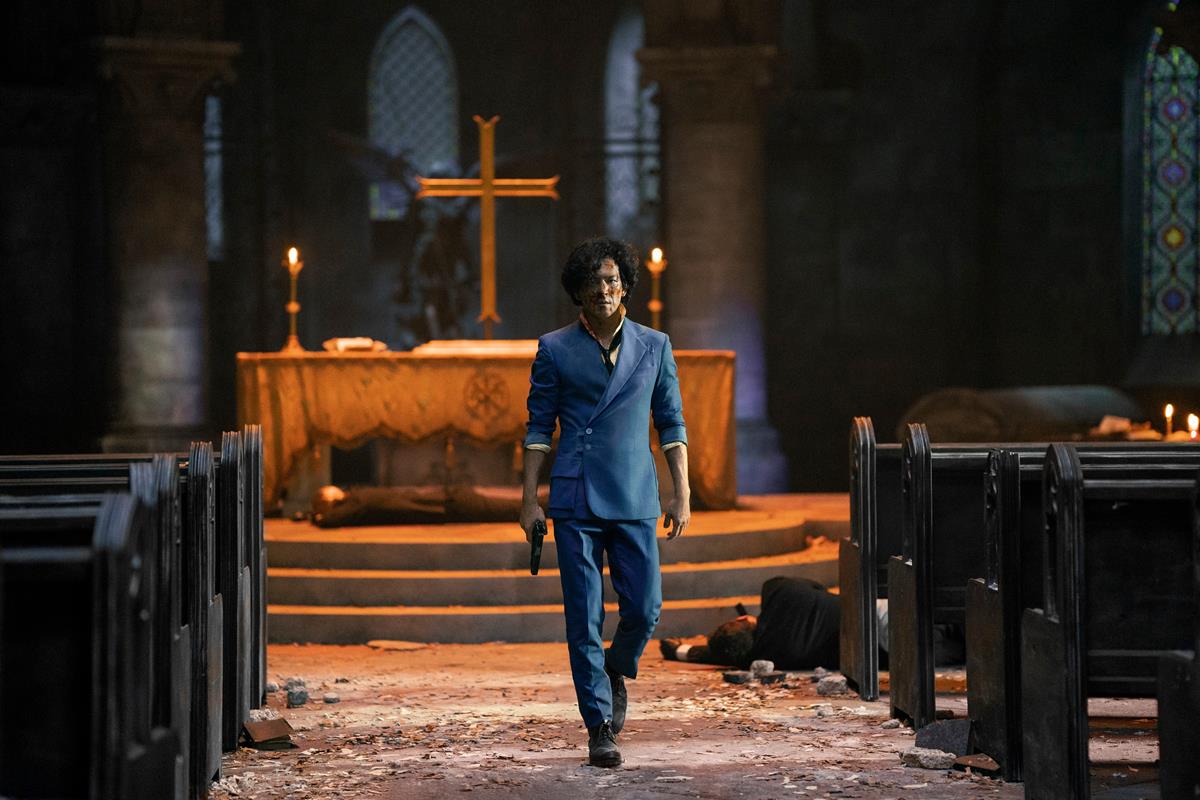
CG Magazine’s Philip Watson notes that the reaction to the show’s casting has been largely favorable. “The conflict between the personalities of the crew adds just the right amount of humor to the plot,’ he writes.
“Spike Spiegel is still faithful to his Bruce Lee ideologies, as seen by the brief clip of the wooden dummy actor Cho is fighting in a scene. Jet Black remains as serious looking as ever, and Ein seems to be played by an actual corgi. The setting looks stunningly realistic, and the characters’ costumes are almost chameleons of their anime counterparts, except Faye’s design is revamped in the live-action version.”
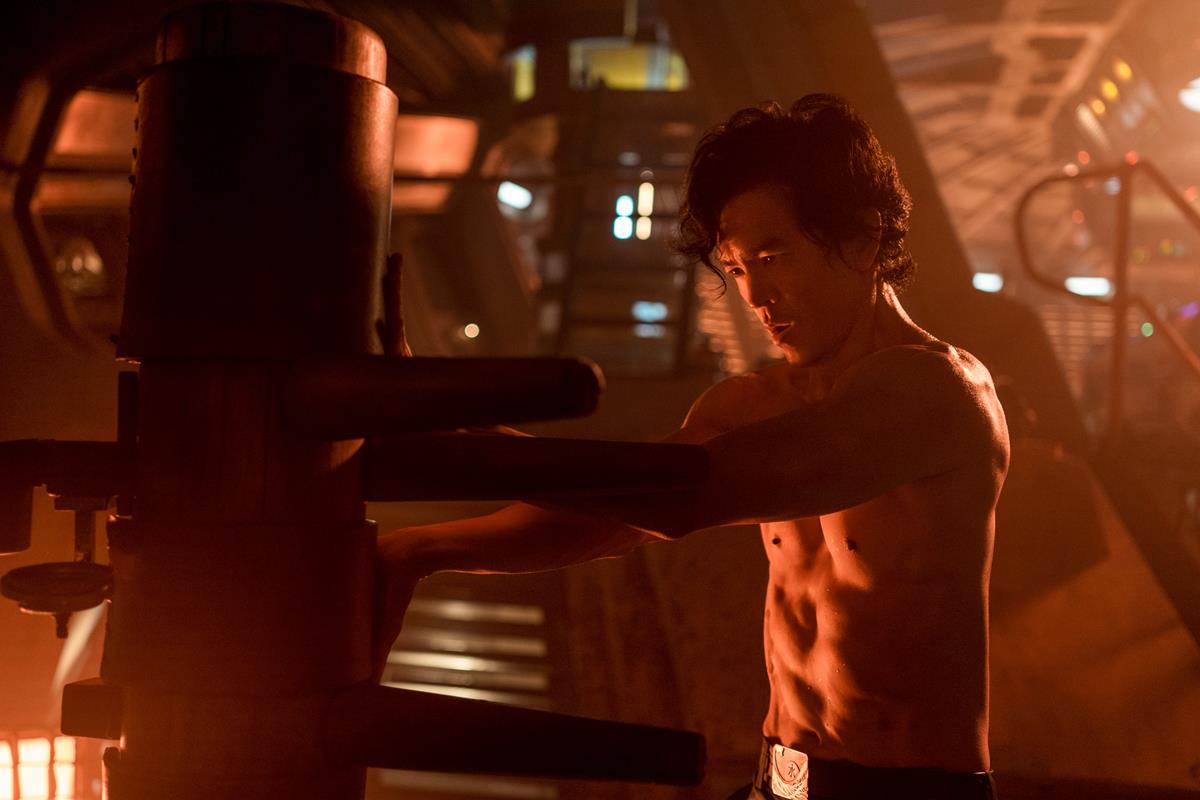
READ MORE: Netflix’s Cowboy Bebop: Why Anime Fans Should Care (CG Magazine)
But it would be a mistake to call the new Netflix series a remake, cautions IndieWire’s Tyler Hersko. “Series showrunner André Nemec has stated that he intends for the Netflix show to be an ‘expansion to the canon,’ rather than a shot-for-shot remake of the original series.”
READ MORE: ‘Cowboy Bebop’: Everything You Need to Know About the Live-Action Netflix Adaptation (IndieWire)
A “Lost Session” promo for the live-action series features split-screen panels, evoking a comic book sensibility. The promo was produced by Radical Media, led by director Greg Jardin, who spoke with Little Black Book’s Ben Conway about the three-day shoot.
“For the most part, the actors were interacting with practical sliding bars that the art department had built, so that they would have something tactile to actually grab on to and push all around. And then the shots where the camera would laterally track with one character walking into another environment was done using a motion control rig, and a lot of takes,” he said.
“Probably the thing we discussed the most was the best way to pull the split-screen gags off, in particular, the bits where one actor would cross from one frame into another. It required the art department to build a variety of rigs, but it also required the actors to repeat the same actions as close as they could, all at the same distance from the camera, all timed the same, etc, etc. I sort of warned all of the actors in advance that we were going to shoot a lot of takes of all of those moments to make sure that we were covered in post. But seeing it all come together in the edit was so exciting and rewarding that all of the team efforts really paid off.”
READ MORE: Behind Netflix’s Largest Promo Shoot Yet: The Cowboy Bebop “Lost Session” (Little Black Book)
Showrunner André Nemec, who appeared with Cho during a panel discussion moderated by Wired’s Cecilia D’Anastasio for the RE:WIRED virtual conference, said he thinks he’s up for the task.
NOW STREAMING — BEHIND THE SCENES OF FAN-FAVORITE SERIES:
As the streaming wars rage on, consumers continue to be the clear winners with an abundance of series ripe for binging. See how your favorite episodics and limited series were brought to the screen with these hand-picked articles plucked from the NAB Amplify archives:
- “Severance:” Now, About Solving the Work/Life Balance…
- Entering “The Gilded Age”
- Class Is Definitely Not In Session: The Horror Delights of “All of Us Are Dead”
- “The Dropout” Is a Slow-Motion Car Crash (and We Can’t Look Away)
- The (Unavoidable) Universal Appeal of “Squid Game” Is By Design
“I think the real challenge from the beginning was being able to capture the tone of the anime. The manner in which we achieved that was by digging deep into the character work,” Nemec told D’Anastasio.
By finding “the core essence of who these people are,” the filmmakers were able to use witty banter and action-packed fight scenes to elicit dramatic moments. “There was a true depth and a true pain to all of these characters, and a pain that we can identify with the souls of the characters,” Nemec said.
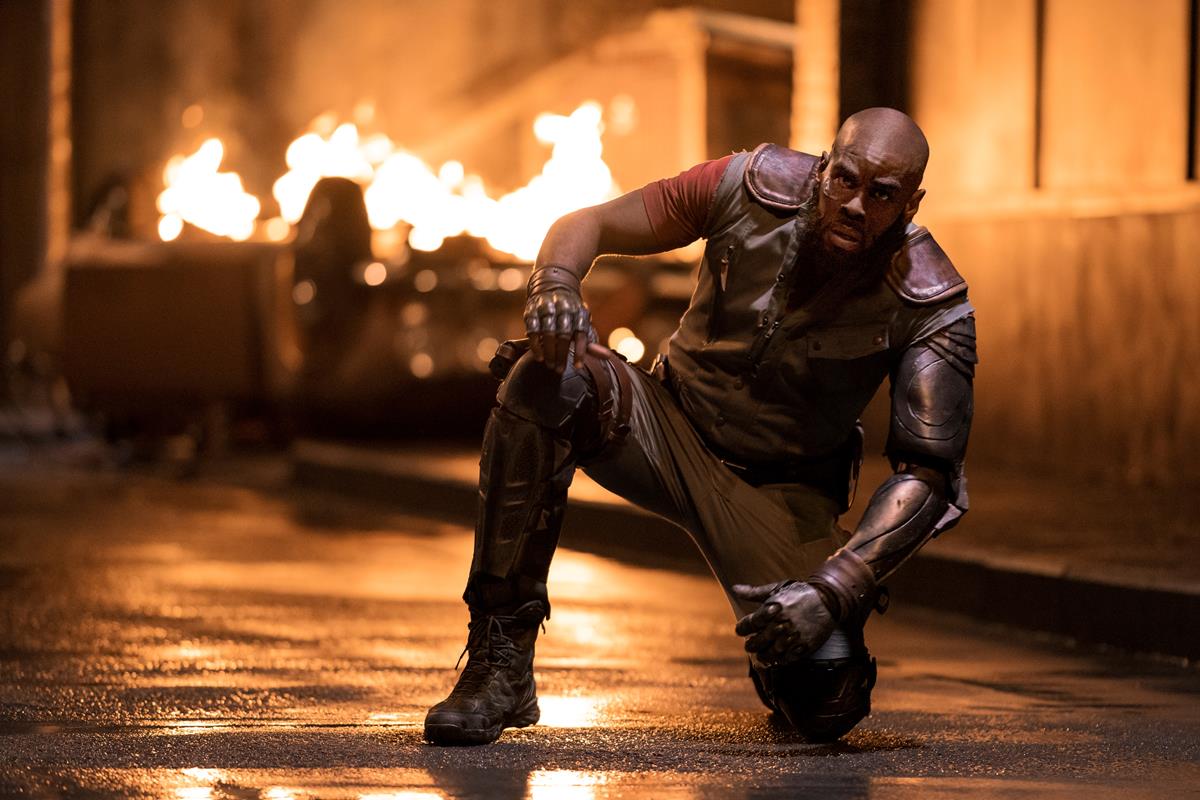
“A hero’s story is only countered by an amazing bad guy,” Nemec commented about Spike’s arch-nemesis, Vicious (played by Alex Hassell). “I happen to love bad guys in film and TV. To me, it was very, very important for us to really get under the skin of who Vicious was, why Vicious was, what is Vicious chasing.”
Nemec recounted how this line of questioning functioned inside the writer’s room. “Now let’s tell the story from Vicious’s perspective. Who is Spike Spiegel to him? To Vicious, Spike Spiegel is the bad guy. Why is that? Where does that come from? And also Julia, I thought it was very important to tell a story about that character that is mostly an idea in thee and not so much of character. In that telling Julia, I wanted to see that character find her own agency to resolve her own problem, rather than being a product of being seen and being rescued, and ultimately getting to a place where she could own her own destiny. That to me was very, very important.”
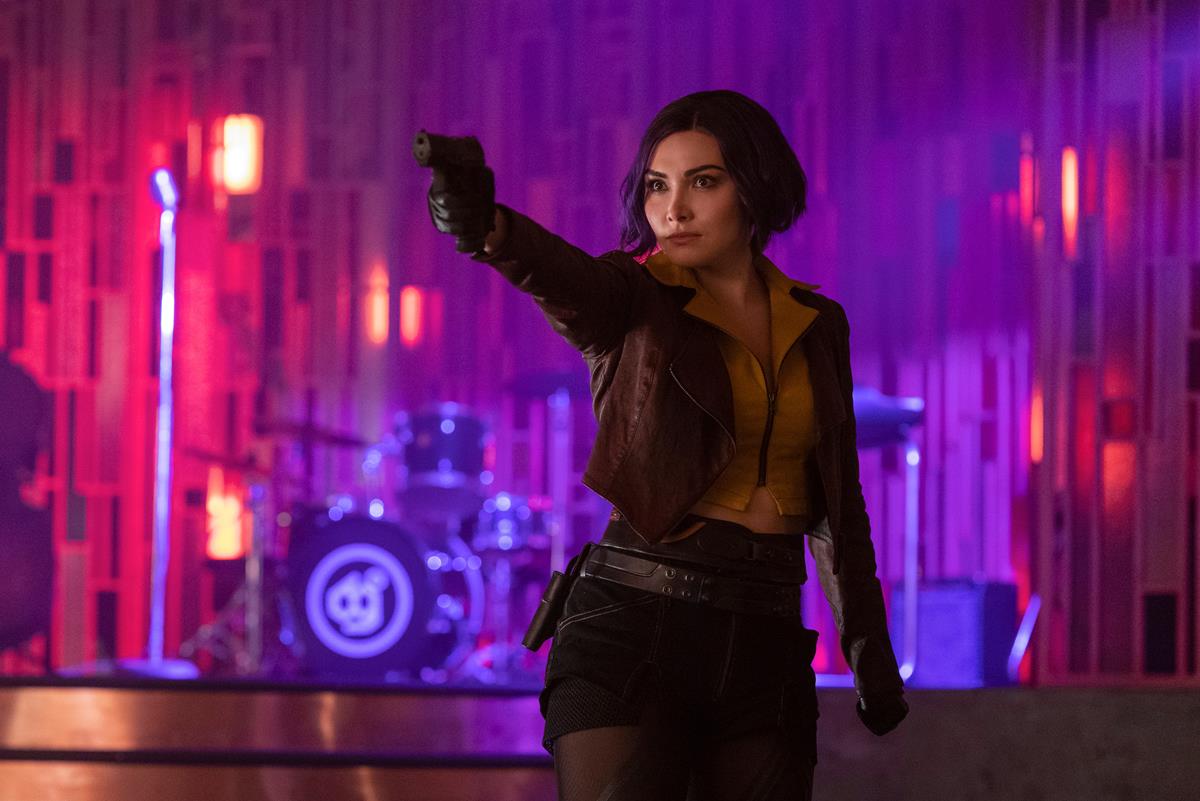
READ MORE: RE:WIRED 2021: John Cho and André Nemec Wanted to Give Their Cowboy Bebop More Soul (Wired)
Retro tech, Playboy magazine, and even ham sandwiches populate the world of Cowboy Bebop, and that worldbuilding is as essential to the narrative as the multifaceted characters who inhabit it. “What was immediately apparent from the anime is that it’s not a dystopian picture of the future, despite a cataclysmic planet-ending event that sends us to colonize space,” Nemec explains. “In fact, it’s multicultural, and in that multiculturalism we rebuild our society in the nostalgia of the world we came from.”
These retro touches are what make the futuristic yet grounded world of Cowboy Bebop so comforting, Nemec added. “I do believe that in our future, if we found ourselves in this place, we would bring ham sandwiches with us to outer space.
“We all watched Cowboy Bebop 20 years ago. The world, even 20 years ago, was different then it is today. I think it’s nice for us to sort of be growing up and see some of those things that we remember from when the show was actually on the air.”
Martial arts are a major component of Cowboy Bebop, as any fan knows.
There’s “something intellectual about the discipline” of martial arts, Nemec said. “The goal of Cowboy Bebop was always to tell character stories through the action sequences. You’ll notice that each one of the characters plays on a very different style of how they fight, how they deal with conflict, and I think that’s always important because there is the individual component to how all of us take on conflict.

“There’s also so much more to Spike Spiegel than the martial arts,” Nemec continued. “I was saying the other day that as much as there may be an essence of Bruce Lee or an inspiration of Bruce Lee in the rendering of Spike Spiegel in the anime, there is also an incredible rendering of Humphrey Bogart in Spike Spiegel in the anime. It’s a mashup and that’s what Cowboy Bebop always is. It’s a mashup of many ideas. I think that’s why people are so drawn to it because they find something that they can hang onto, something that relates to them, because of that mashup.”
For inspiration, Nemec says, “I spent my entire time watching old noirs, The Big Sleep, and The Maltese Falcon, and Bonnie and Clyde, and Spaghetti Westerns, Dick Donner movies, and 2001: A Space Odyssey. It was a plethora of amazing, iconic, classic movies from different genres because that’s what inspires Cowboy Bebop.”
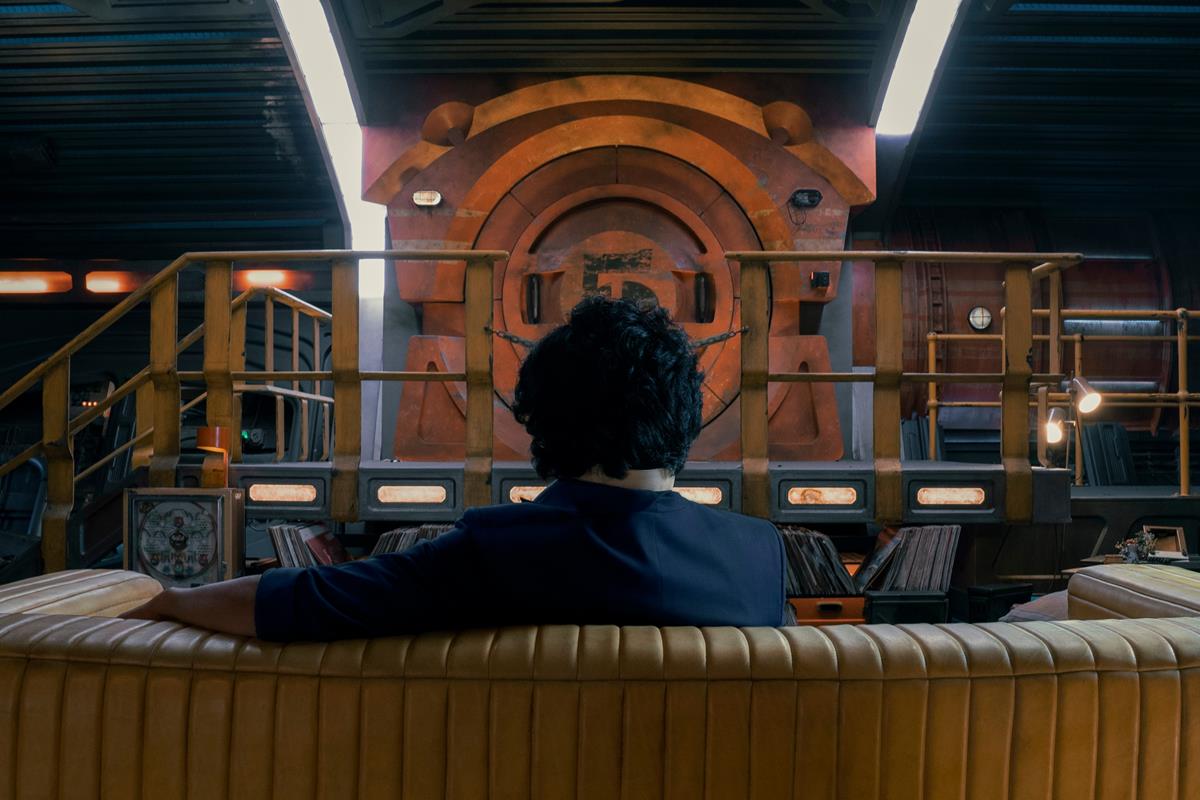
The most difficult martial arts sequence to film, Cho said, was Spike’s practice session with a wooden dummy in the first episode. “Partially because we couldn’t really hide a stunt man in that scene,” he recounted. “He’s practicing his punches and blocks on a martial arts dummy, and it’s in practice mode, so he’s getting a real workout. That was a tough sequence to memorize.”
The diverse casting of the Netflix series was driven by what Nemec says is the original anime’s “somewhat optimistic view of the universe,” which continues to offer a hopeful outlook despite all of the obvious ills it contains, such as mob bosses, corrupt corporations, and other master criminals.
“The essence of living in the spirit of Cowboy Bebop, to me, is that the cast itself should be multicultural, the genders fluid, and none of these things are active conversations,” Nemec said. “We’ve moved beyond those conversations in the future that I wanted to imagine, that our Cowboy Bebop was taking place in. It was almost this non-conversation that, just again, happened very fluidly.”

Nemec and his team collaborated closely with the original show’s creators at Sunrise. The studio provided them with a plethora of reference materials, including original drawings of characters, props, locations and spaceships.
“The entire team at Sunrise was phenomenal, and they gave us so much information,” Nemec enthused. “I have stacks and stacks of books and other stuff with original character drawings, development notes, props, locations, spaceships, all of this amazing information to draw from.”
But out of all the conversations he had with the studio, the “best words ever” were “Now go make your show,” Nemec recalled. “To be invited into somebody’s very rich sandbox and to be told, ‘Make the castle that you want to make,’ was the most incredible, inspiring thing. That’s what I carried with me through the journey: ‘Be beholden to all and none of it, but as you see fit.’ “
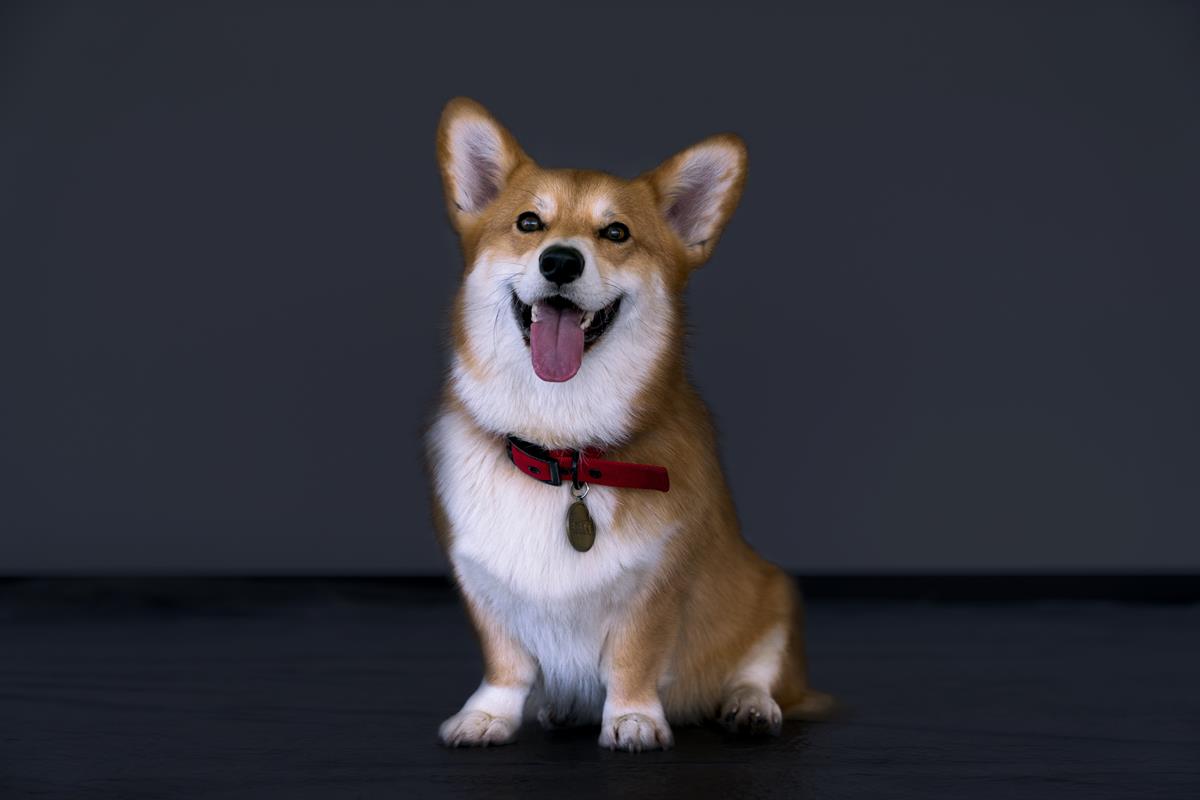
Nemec calls the original Cowboy Bebop “beautiful poetry,” Syfy’s Tara Bennet notes, but that doesn’t mean the show will necessarily translate to a live-action series because the characters “will come across a little archetypal.” In other words, don’t mess with them.
“Spike Spiegel is a cowboy with a broken heart, that really is who he is at his core. Jet Black is the eternal optimist, a grumpy guy with a heart of jelly beans. Faye Valentine, at her core is a survivor. Someone who is not going to let the hardships of the world around her, while they try to keep kicking her down, she continues to press forward,” Nemec told Bennet. “We looked at all of these things. And once we had those, we then began to craft stories for these characters.”
READ MORE: Cowboy Bebop Showrunner Digs Into How ‘Cowboy With A Broken Heart’ Tale Drives Netflix Series (Syfy)

In an interview with Matt Patches for Polygon, Nemec discussed how series composer Yoko Kanno completely reimagined the soundtrack. “Yoko’s involvement in this show to me was paramount to almost everything else,” the showrunner said.
“Anybody who loves the music from Cowboy Bebop is going to love beyond what Yoko has done for us on this show. It is really sensational,” Nemec enthused. “I will hear music pieces come in, we will talk about character and theme, and then when I get those pieces there have been more times than I can remember that I hear something and I’m like… a smile comes to my face.”
READ MORE: The Cowboy Bebop team aims to go deeper than a simple anime remake (Polygon)
In the video featurette below, composer Kanno discusses her musical choices for the live-action adaptation.
Detailing the recording sessions, Kanno says, “What made things very easy this time around was that the same musicians named Seatbelts from 20 years ago were willing to help me. I feel as if I’ve known them all my life. They could take a single melody line and elaborate it into something really cool.”
If you’re just catching up to the series now, be sure to check out AV Club‘s eight essential episodes to watch from the original Cowboy Bebop, all of which are referenced in the opening credits of the live-action Netflix series. Or head over to Collider, which lists seven essential episodes you’ll want to watch before seeing the live-action adaptation.
READ MORE: The 8 Cowboy Bebop episodes to watch, based on the intro for the Netflix adaptation (AV Club)
READ MORE: 7 Essential Episodes of ‘Cowboy Bebop’ to Watch Before the Live-Action Series (Collider)
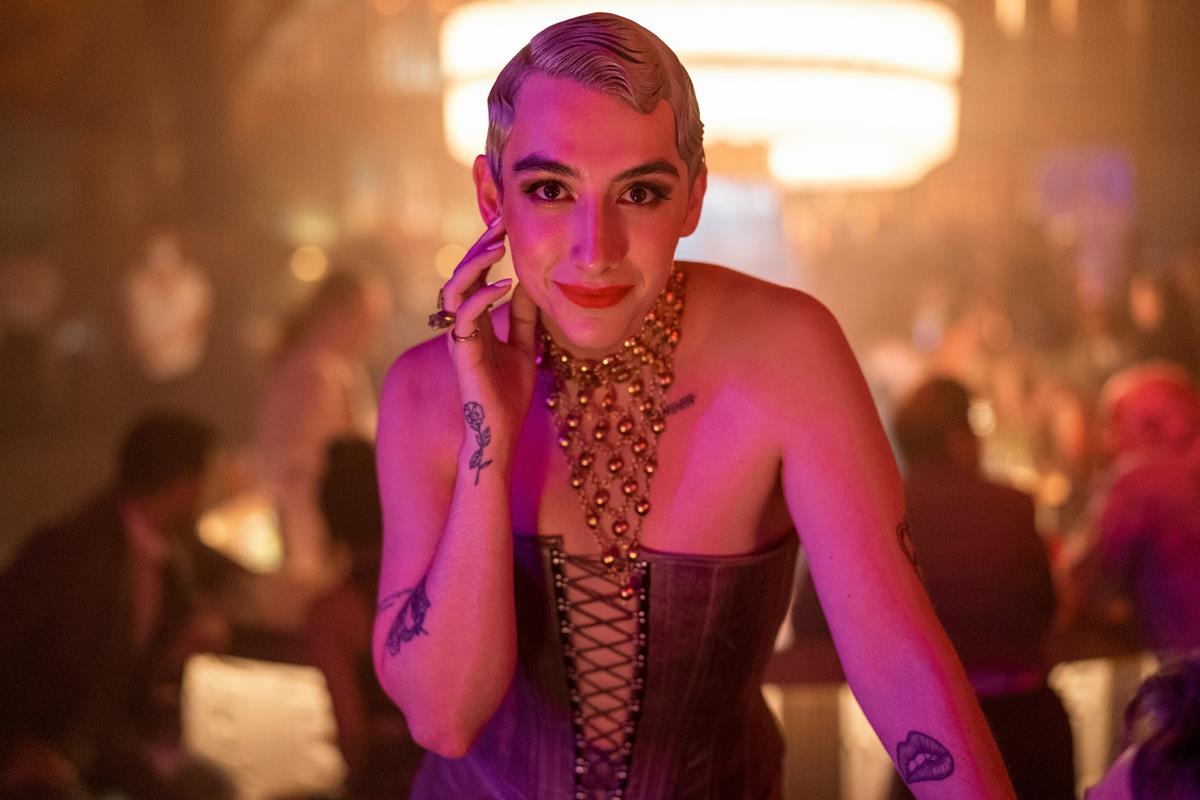
Want more? Cowboy Bebop fan Ash Parrish and first-time watcher Andrew Webster binged the new series on Netflix, sharing their reactions to the live-action adaptation. Head over to The Verge to read their opinions on the cast, music and worldbuilding.
READ MORE: NETFLIX’S COWBOY BEBOP HAS HEART, STYLE, AND SOME ROUGH EDGES (The Verge)
The stars of the show — John Cho, Daniella Pineda and Mustafa Shakir — also interviewed each other during Netflix’s virtual TUDUM event, Comic Book reports, giving fans a closer look at what to expect from the new live-action series.
If you’d like to watch the interview, the Netflix Geeked account shared the exchange on Twitter:
“Cool, Lost, Hungry” are all pretty accurate when it comes to describing Spike. we asked the cast of Cowboy Bebop to interview each other about the upcoming series. #Tudum pic.twitter.com/fexhRajt01
— Netflix Geeked (@NetflixGeeked) September 25, 2021
SEE YOU SPACE COWBOY…


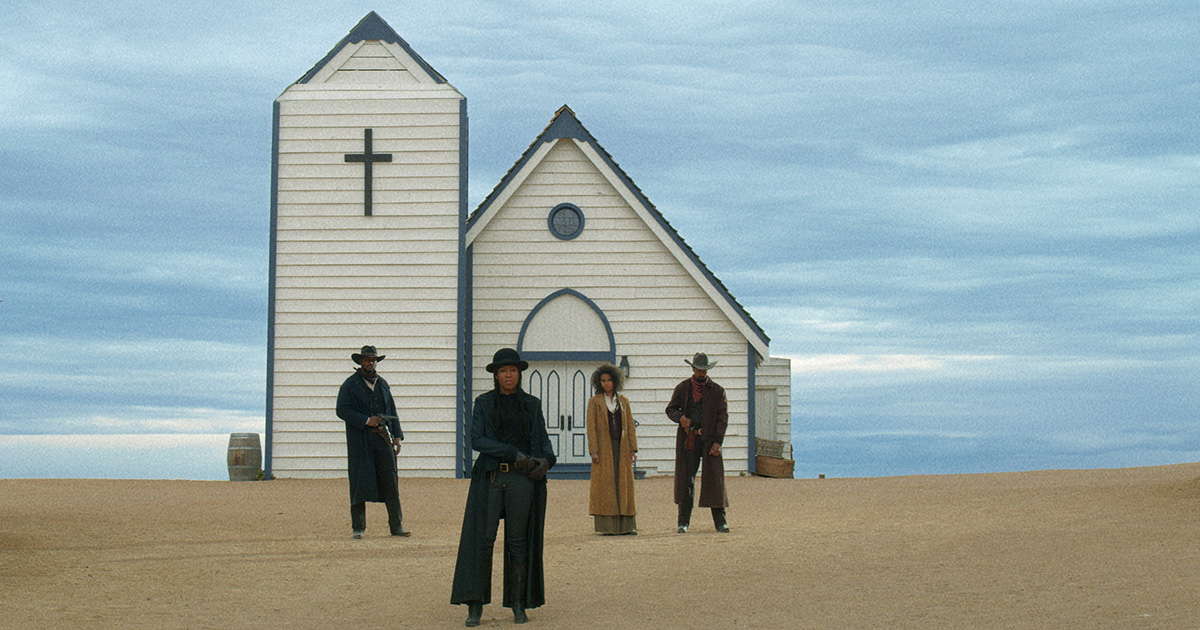
Discussion
Responses (1)